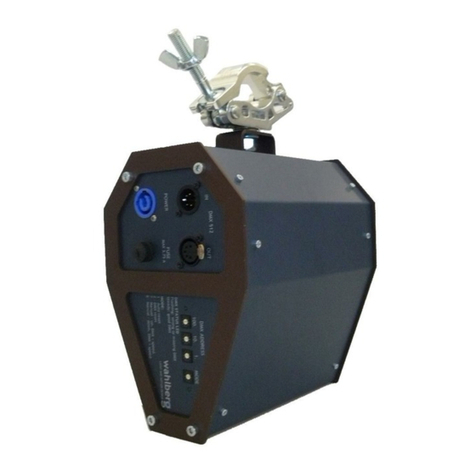241.805.012 5 Date: 2017-10-24
Index
SAFETY INFORMATION 2
INDEX 4
TECHNICAL SPECIFICATIONS 6
DRAWING 7
INTRODUCTION 8
PACKAGE CONTENT .........................................................................................8
DESCRIPTION................................................................................................8
SAFETY FUNCTIONS .........................................................................................8
AREA OF USE................................................................................................9
USING FOR THE FIRST TIME..................................................................................9
TRANSPORT................................................................................................10
PHYSICAL INSTALLATION 11
FASTENING THE WINCH TO A FLAT SURFACE ................................................................11
MOUNTING THE WINCH ON A TRUSS ........................................................................11
MOUNTING THE LOAD ......................................................................................12
AC POWER 13
POWER CABLES AND POWER PLUG ..........................................................................13
INSTALLING A POWER INPUT CONNECTOR ON A POWER CABLE...............................................13
DATA LINK 14
TIPS FOR RELIABLE DATA TRANSMISSION ....................................................................14
CONNECTING THE DMX ....................................................................................14
SET UP 15
BLOCK DIAGRAM ...........................................................................................15
COUNTERBALANCE -SLACK WIRE ..........................................................................15
CONNECTIONS .............................................................................................15
EMERGENCY STOP..........................................................................................16
MODE SETTING............................................................................................16
DMX ADDRESS SETTING ..................................................................................18
MANUAL RESET.............................................................................................20
POSITIONING...............................................................................................20
RE-CALIBRATING OVERLOAD................................................................................21
SYNCHRONIZED MOVEMENTS OF MULTIPLE WINCHES.........................................................21
CONTROLLING THE SOFT TOP AND BOTTOM LIMITS .......................................................22
SERVICE AND MAINTENANCE 23
PARTS .....................................................................................................23
MAINTENANCE PLAN........................................................................................24
CHECKLIST.................................................................................................24
ON-SITE SERVICE...........................................................................................25
LIFE OF THE WIRE..........................................................................................25
WIRE DEFECT ..............................................................................................26
WIRE DISCARD CRITERIA....................................................................................27
CHANGING WIRE ...........................................................................................28
APPLYING WIRE ............................................................................................33
POWER DEFECT ............................................................................................33
APPENDIX 1 34
APPENDIX 2 35
APPENDIX 3 37
WINCH 10 - CHEAT SHEET 38






























